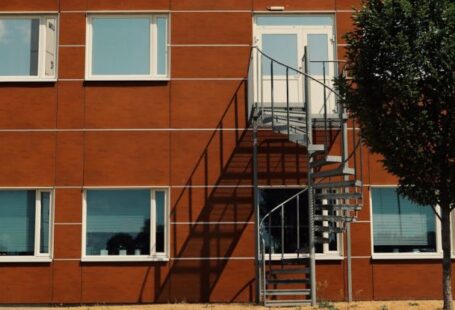Lighting plays a crucial role in interior design, influencing the overall ambiance and functionality of a space. Among the various lighting options available, hanging light fixtures are particularly versatile and impactful. These fixtures not only provide illumination but also have the ability to transform the perception of space in a room. By strategically placing hanging light fixtures, designers can create an illusion of depth, height, and openness, ultimately shaping the way we experience a space.
Enhancing Verticality and Height
One of the key ways in which hanging light fixtures impact the perception of space is by enhancing verticality and height. In rooms with low ceilings, pendant lights that hang down from the ceiling draw the eye upward, creating the illusion of a taller space. This vertical emphasis can make a room feel more spacious and airy, even if the physical dimensions remain the same. By choosing pendant lights with elongated or vertical designs, designers can further accentuate this effect, adding a sense of grandeur and sophistication to the room.
Creating Visual Interest and Focal Points
Hanging light fixtures also play a vital role in creating visual interest and focal points within a space. By selecting unique and eye-catching pendant lights, designers can draw attention to specific areas of a room, directing the gaze of the viewer and highlighting architectural features or decor elements. Whether it’s a sculptural chandelier above a dining table or a cluster of pendants above a kitchen island, these fixtures serve as design statements that enrich the aesthetic appeal of a space. Additionally, the interplay of light and shadows cast by hanging fixtures can add depth and dimension, further enhancing the overall visual impact of a room.
Defining Zones and Functions
In open-concept spaces or multi-functional rooms, hanging light fixtures can be used to delineate different zones and functions. By strategically placing pendant lights above specific areas such as seating arrangements or workstations, designers can visually separate different areas within a room without the need for physical barriers. This zoning effect not only helps to create a sense of organization and coherence but also enhances the functionality and usability of the space. For example, pendant lights can define a cozy reading nook in a living room or provide focused task lighting in a home office, improving the overall flow and efficiency of the room.
Enhancing Ambiance and Mood
Beyond their practical functions, hanging light fixtures also play a significant role in setting the ambiance and mood of a space. The type of light emitted by these fixtures, whether warm and inviting or cool and energetic, can greatly influence the atmosphere within a room. Dimmable pendant lights offer flexibility in adjusting the brightness levels to suit different activities or times of day, allowing for customized lighting effects that cater to the desired ambiance. Whether creating a cozy and intimate setting in a bedroom or a vibrant and lively atmosphere in a restaurant, the right choice of hanging light fixtures can enhance the overall mood and experience of a space.
Influencing Perception Through Light
In conclusion, hanging light fixtures are powerful design elements that can significantly impact the perception of space. By leveraging their ability to enhance verticality, create focal points, define zones, and set the ambiance, designers can manipulate how we experience and interact with a room. Whether it’s through the illusion of height, the emphasis on visual interest, or the establishment of functional areas, hanging light fixtures have the potential to transform a space into a dynamic and engaging environment. By carefully considering the placement, design, and light quality of these fixtures, designers can harness the transformative power of lighting to shape our perception of space in innovative and inspiring ways.





